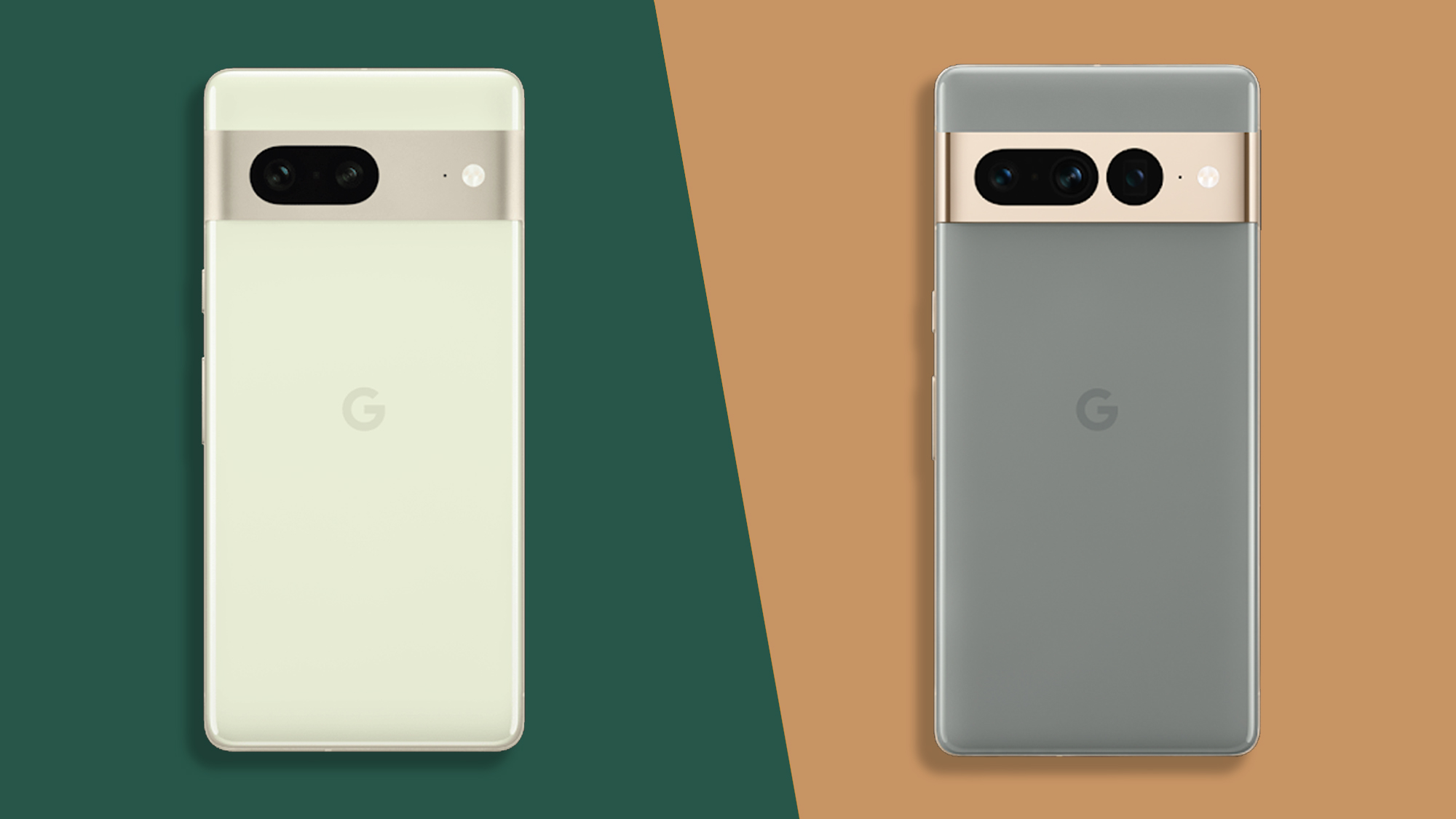
2021’s Pixel 6 and Pixel 6 Pro represented a major shake-up for this sleeping giant of a smartphone line, both in terms of design and specifications. Has Google managed to follow up on that success?
And more importantly, which of these two classy-looking smartphones – the Google Pixel 7 or the Google Pixel 7 Pro – is the better buy? Both previous Pixels secured commendable four-star reviews from us, so it’s all up for grabs.
Head to our dedicated reviews for more in-depth looks at both phones but in the meantime, here’s how they shape up, based on the information Google shared at the Pixel 7 launch event.
Pixel 7 vs Pixel 7 Pro price and availability
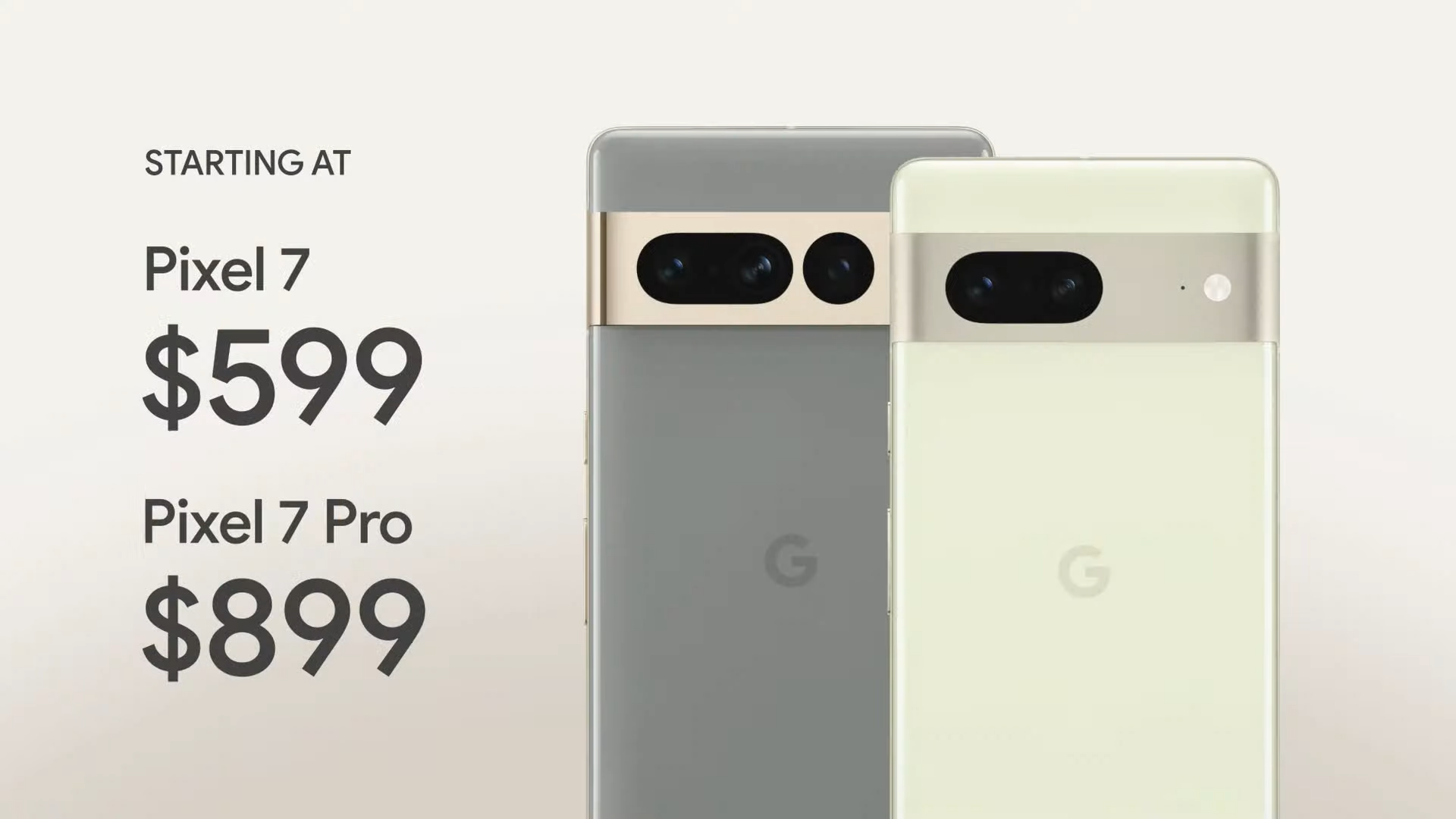
Prices for the Google Pixel 7 start from $599 / £599 / AU$999 for the 128GB storage model, which is the same as the Pixel 6 launch price. It’s a similar story with the Pixel 7 Pro, with the 128GB model costing $899 / £849 / AU$1,299, as did the Pixel 6 Pro.
You’re looking at a $300 / £250 / AU$300 price gap between Google’s two latest Pixel phones, then. The question is, does the Pro look like it justifies that premium?
For those curious, the Pixel 7 tops out at 256GB, costing $699 / £699 / AU$1,129 for this higher storage build, while the equivalent 7 Pro costs $999 / £949 / AU$1,449. There’s also an even higher-capacity 512GB variant of the Pro, but it’s not available in the UK, priced at $1,099 / AU$1,599 (roughly £950, if you split the difference between conversions).
Pixel 7 vs Pixel 7 Pro design
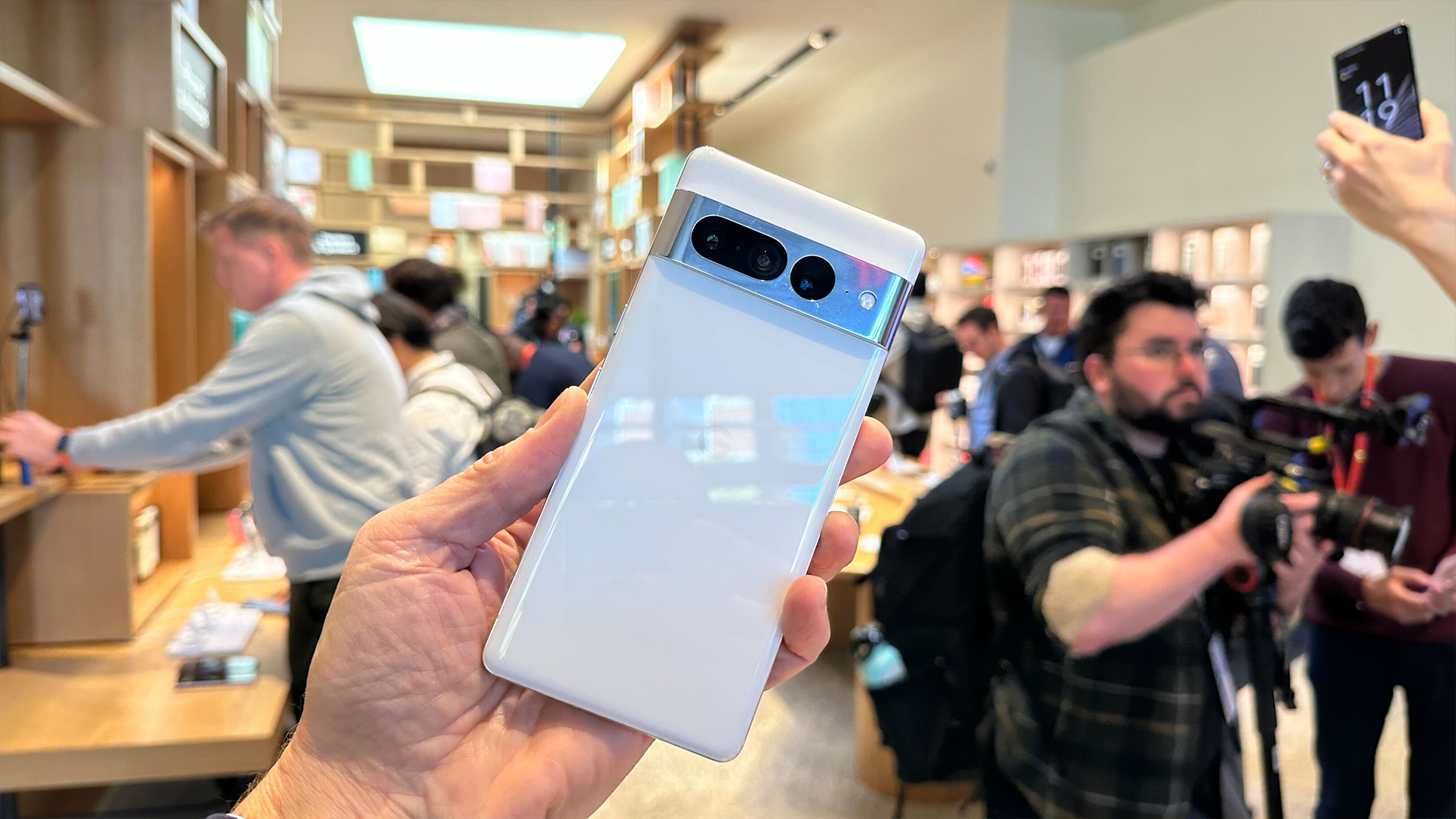
Google has largely stuck with the design language it introduced with the Pixel 6 and Pixel 6 Pro, and you won’t get too many complaints about that from us. In our review, we said that “the Google Pixel 6 handsets look strikingly different to most current phones”, and that remains the case in 2022.
Once again, Google is giving you a striking horizontal camera strip, which completely bisects a glossy glass rear. The differences this time lie in the finer details.
Both the Pixel 7 and Pixel 7 Pro have swapped out the black camera ‘visor’ of their predecessors for a more industrial-looking all-metal affair. It’s really quite beautiful to behold, and leaves both handsets looking a little more premium than the last generation.
The color options have been changed up this time around, with Google abandoning the two-tone approach of the Pixel 6 and Pixel 6 Pro. Most noteworthy is the new Hazel Pixel 7 Pro, which combines a greeny-gray rear panel with an attractive gold visor. The Pixel 7 is available in a brighter Lemongrass variant, while both models also come in Snow (white) and Obsidian Black.
Both the Pixel 7 and Pixel 7 Pro come with IP68 certification, so there’s no additional advantage for the flagship model, when it comes to water and dust protection.
Pixel 7 vs Pixel 7 Pro display
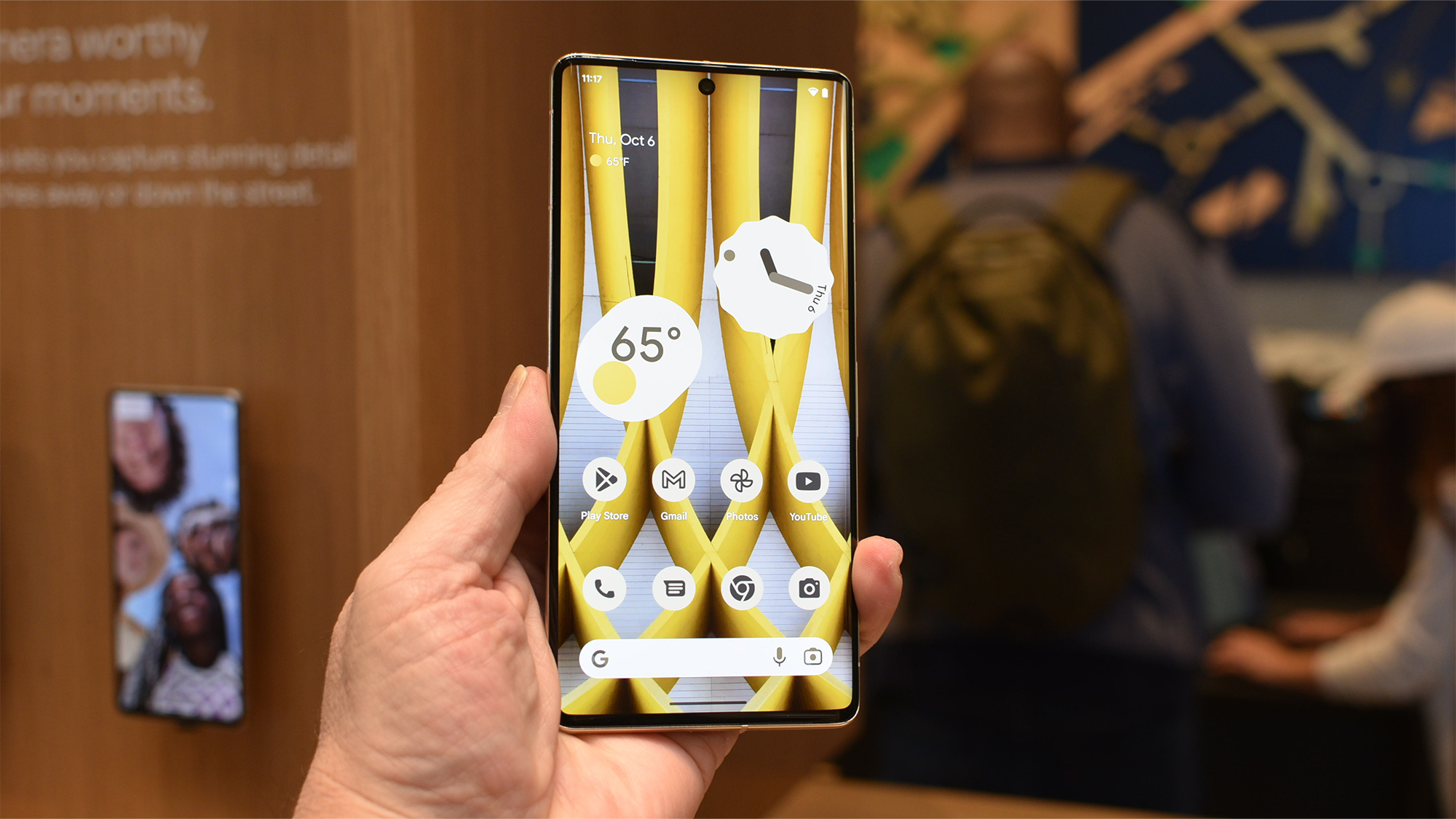
As with the last generation of Google's smartphones, the Pixel 7 Pro offers a bigger, sharper, and more responsive display than the Pixel 7.
For the Pro, that means a 6.7-inch QHD+ OLED display with a 120Hz (adaptive down to 10Hz) refresh rate, while the Pixel 7 has a 6.3-inch (which is fractionally smaller than the Pixel 6) FHD+ OLED panel, with a 90Hz refresh rate.
The key improvement with both phones is that they can hit a 25% higher peak brightness than their predecessors.
Given the size difference, we’re not placing too much stock in the Pixel 7 Pro’s extra pixels, but it undoubtedly has the advantage when it comes to sheer fluidity.
Pixel 7 vs Pixel 7 Pro camera
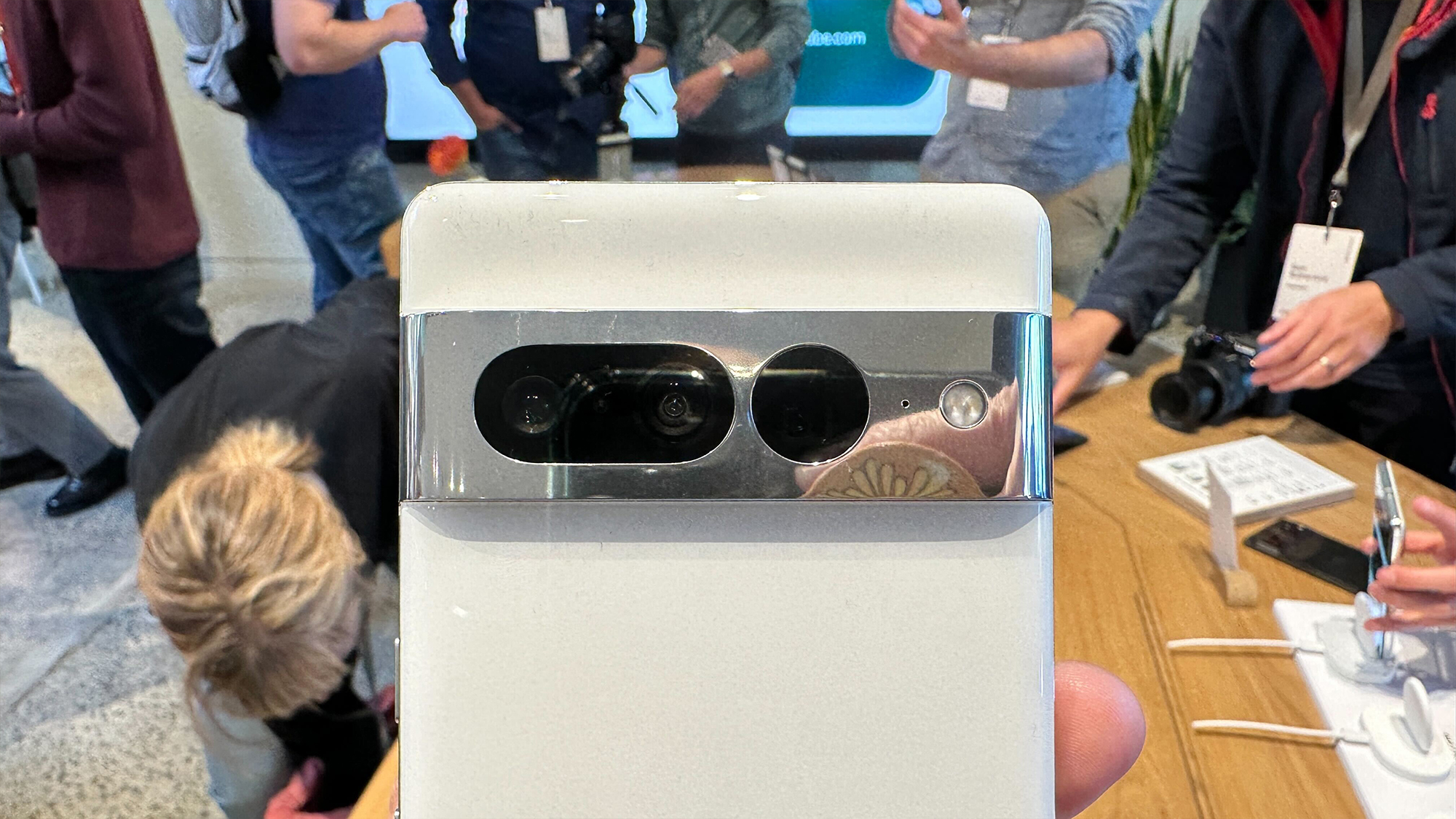
There’s been little change from the Pixel 6 and Pixel 6 Pro on the camera front, at least where hardware is concerned.
Once again, the Pixel 7 camera system comprises a 50MP main camera and a 12MP ultra-wide. There’s no telephoto camera; instead, Google uses that high-megapixel main sensor and its own algorithmic magic to crop in for sharp 2x zoomed shots, but AI upscaling means you should still get usable shots right up to 8x using.
The Pixel 7 Pro matches the Pixel 7 in the wide camera stakes, but adds a 48MP telephoto sensor capable of 5x optically-zoomed shots. Beyond that, the Pixel 7 Pro’s telephoto camera can zoom right up to 30x, with an impressive amount of detail using Google’s machine learning upscaler, while optical image stabilization (OIS) is used to keep the subject in shot at extreme distance.
There is a slight difference in the ultra-wide setup. The 12MP ultra-wide camera on the Pixel 7 Pro has a wider 125-degree lens, while the Pixel 7 equivalent has a narrower 106-degree field of view, the Pro's also boasts autofocus for the first time, enabling a new Macro Focus mode.
Both camera systems have gained some new capabilities this time around, largely courtesy of Google’s new Tensor G2 chip. That starts with what Google is claiming to be its “best photo and video quality yet”, but it also extends to Night Sight shots, which can now offer up the same results as the Pixel 6 in half the capture time.
Other features include 10-bit HDR, improved stabilization, and what Google calls ‘Speech enhancement’, which enables you to choose which audio to focus on in videos.
Finally, both phones feature a new 10.8MP selfie camera. In the case of the Pixel 7, this adds 4K recording to the equation, which wasn't present on its predecessor.
Pixel 7 vs Pixel 7 Pro specs and performance
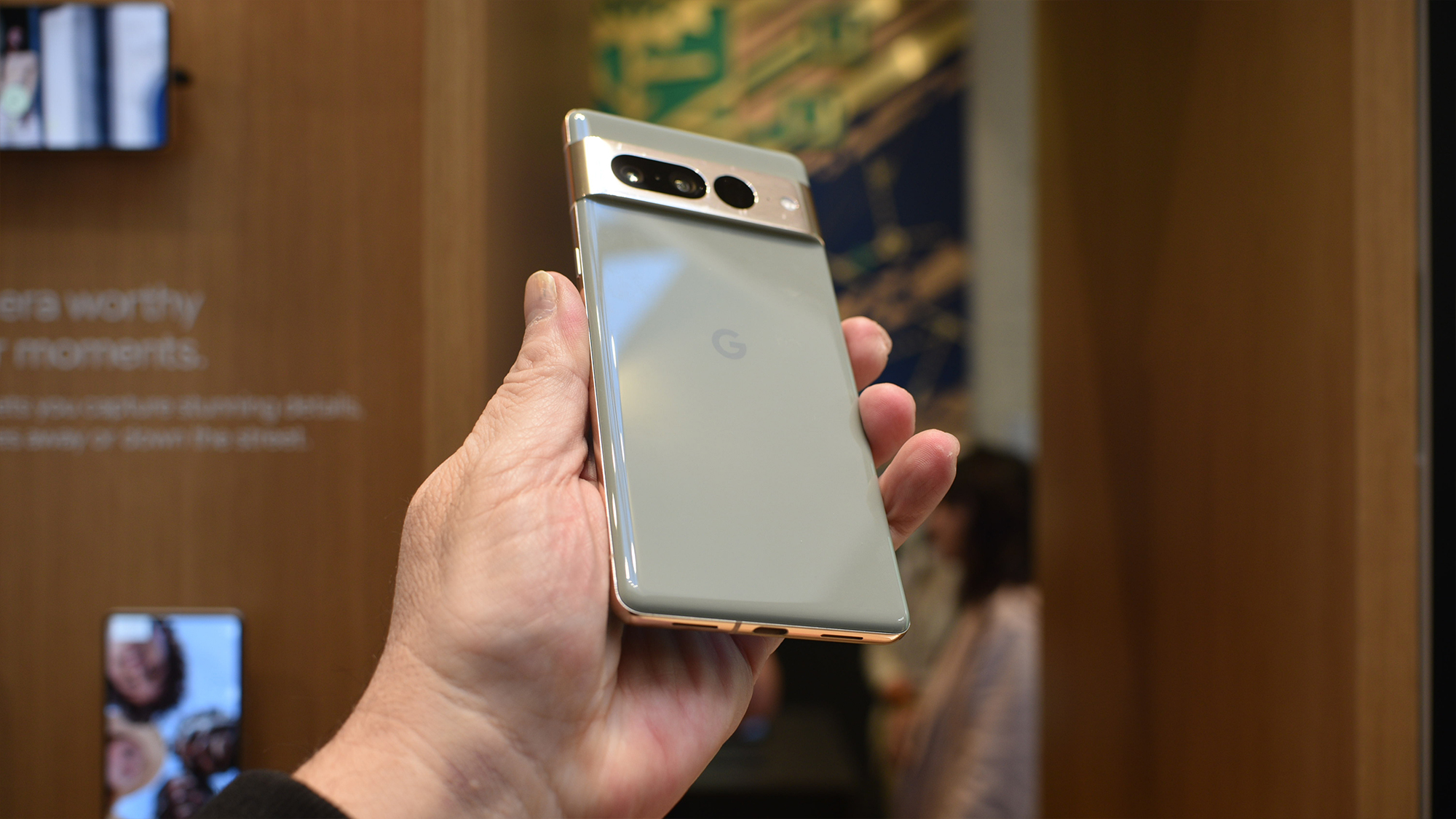
As mentioned above, the Pixel 7 and Pixel 7 Pro both run on Google’s own next-generation Tensor G2 chipset.
The key benefits of this new chip over last year’s Tensor G1 include lower power consumption. Meanwhile, the Titan M2 security chip and Google’s promise of five years of security updates should make both phones equally secure.
Google’s Tensor chips are more about machine learning smarts than raw performance, however, and the company has introduced features such as Clear Calling, which promises to use AI to make the person on the other end of a call sound clearer on the Pixel 7 and Pixel 7 Pro.
The only notable advantage for the Pixel 7 Pro in the performance department is that it comes with 12GB of RAM, rather than the Pixel 7’s 8GB, which we’d say is unlikely to make noticeable difference in day to day use.
While we’re talking about gigabytes, it’s a little disappointing to see that Google has failed to heed our criticisms about the lack of storage options in the Pixel 6 and Pixel 6 Pro. Once again you only get the option of 128 or 256GB of internal capacity, which falls well short of rival offerings from Apple, Samsung and others.
The silver lining for those in the US and Australia willing to step up for the Pro do also have the option of a top-tier 512GB model, but this version doesn't look to be on sale in the UK.
Pixel 7 vs Pixel 7 Pro battery
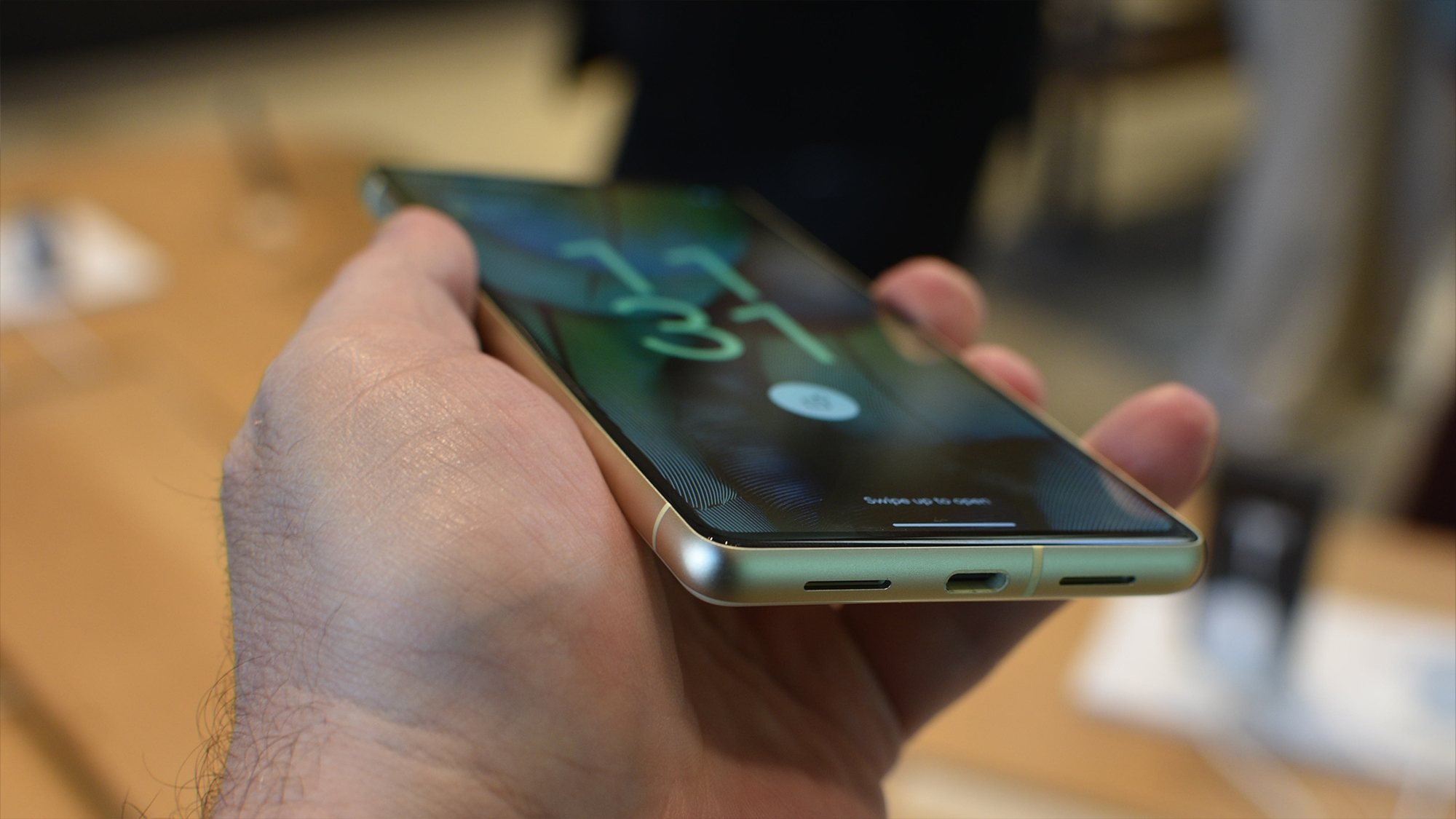
The Pixel 7 Pro has the larger battery of the two phones, as you might expect. At 5000mAh, it’s pretty much the same as the power pack in the Pixel 6 Pro. Meanwhile, Google has actually reduced the size of the Pixel 7 battery to 4355mAh compared with 4614mAh in the Pixel 6.
This is a tiny bit worrying. After all, last year’s Pixel 6 and Pixel 6 Pro both offered only average battery life at best.
We’re hoping that Google has been able to implement efficiency optimizations thanks to that more efficient Tensor G2 chip. For its part, Google is claiming about 24 hours of battery life, and a full 72 hours of battery life if you use the company’s extreme battery saver mode across both models.
Both the Pixel 7 and Pixel 7 Pro support wireless charging, as well as wired ‘fast charging’, though again we’ll need to see just how fast that gets. The Pixel 6 and Pixel 6 Pro were hardly sluggish in this department, but nor did they compete with the likes of Xiaomi and OnePlus at the top of the table.
Takeaway
The Pixel 7 and Pixel 7 Pro look built to serve as two of the best Android phones of the moment. Thanks to their inherent similarity to their immediate predecessors, they slot right in somewhere around the front of the flagship pack, with bold design, clean software, and outright camera quality.
With a few exceptions, like speedier Night Sight photography, whether they bring sufficient improvements in the areas that kept the Pixel 6 and Pixel 6 Pro off the top of the pile falls more to personal opinion than anything but they certainly offer more than the predecessors on paper, even if it remains in a 'distinctly Pixel way'.
As for which device you're better off choosing between, as before the Pro has a feature-set more directly in-line with competition from other brands, while undercutting a lot of them, but if you don't like the larger size or aren't interested in extras like its higher refresh-rate display or better macro and zoom photography skills, the standard Pixel 7 doesn't really leave anything else out.
Get daily insight, inspiration and deals in your inbox
Sign up for breaking news, reviews, opinion, top tech deals, and more.